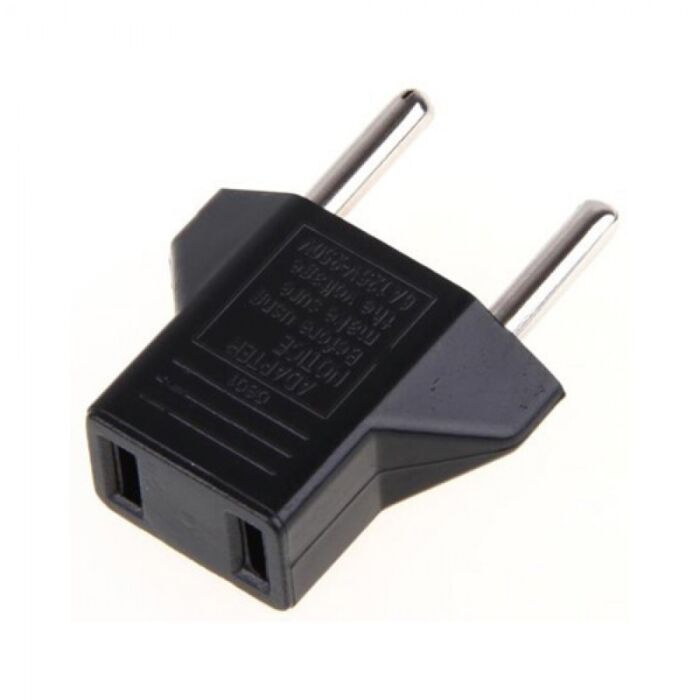Traveling to Europe offers an exciting opportunity to explore new cultures, cuisines, and sights. However, one of the most common challenges travelers face is dealing with electrical compatibility. Europe utilizes a different type of plug and voltage, known as the EU plug. If your devices were not manufactured for use in Europe, you will likely need an adapter. Choosing the right adapter for your EU plug(Japanese:EUプラグ) devices is essential to ensure that your electronics function correctly and safely during your travels. This article provides essential tips on how to select the right adapter for your EU plug devices.
Understanding EU Plug Specifications
Types of EU Plugs
The first step in choosing the right adapter is understanding the type of plug and socket used in Europe. The most common type of plug in the European Union is the Type C connector, which features two round pins. This plug is widely adopted across many countries in Europe, making it essential for any traveler. Additionally, in countries such as France and Belgium, Type E and Type F plugs may also be used, which feature an additional grounding pin.
When traveling, be sure to research the specific countries you will visit as different regions may have slightly varying plug types. Knowing which plugs you will encounter can help you determine if you need to invest in an adapter or if a simple converter will suffice. Having this knowledge in advance makes it easier to choose the correct adapter and ensures a smoother travel experience.
Voltage and Frequency Considerations
In addition to plug types, it is crucial to understand voltage and frequency specifications. Most European countries operate on a voltage of 230 volts and a frequency of 50 Hz. This presents a potential problem for travelers from countries like the United States, which generally operate on 120 volts and 60 Hz. Connecting devices that are not rated for higher voltages can damage them and pose safety risks, so it is vital to check the voltage rating on your electronics.
Most modern devices, such as smartphones, laptops, and tablets, are designed to handle a range of voltages, often noted on power adapters as “100-240V.” If your device supports this range, using it in Europe will typically not be a problem, aside from needing the appropriate plug adapter. However, there are still some older devices, such as hair dryers or certain laptops, that may require a voltage converter in addition to a plug adapter.
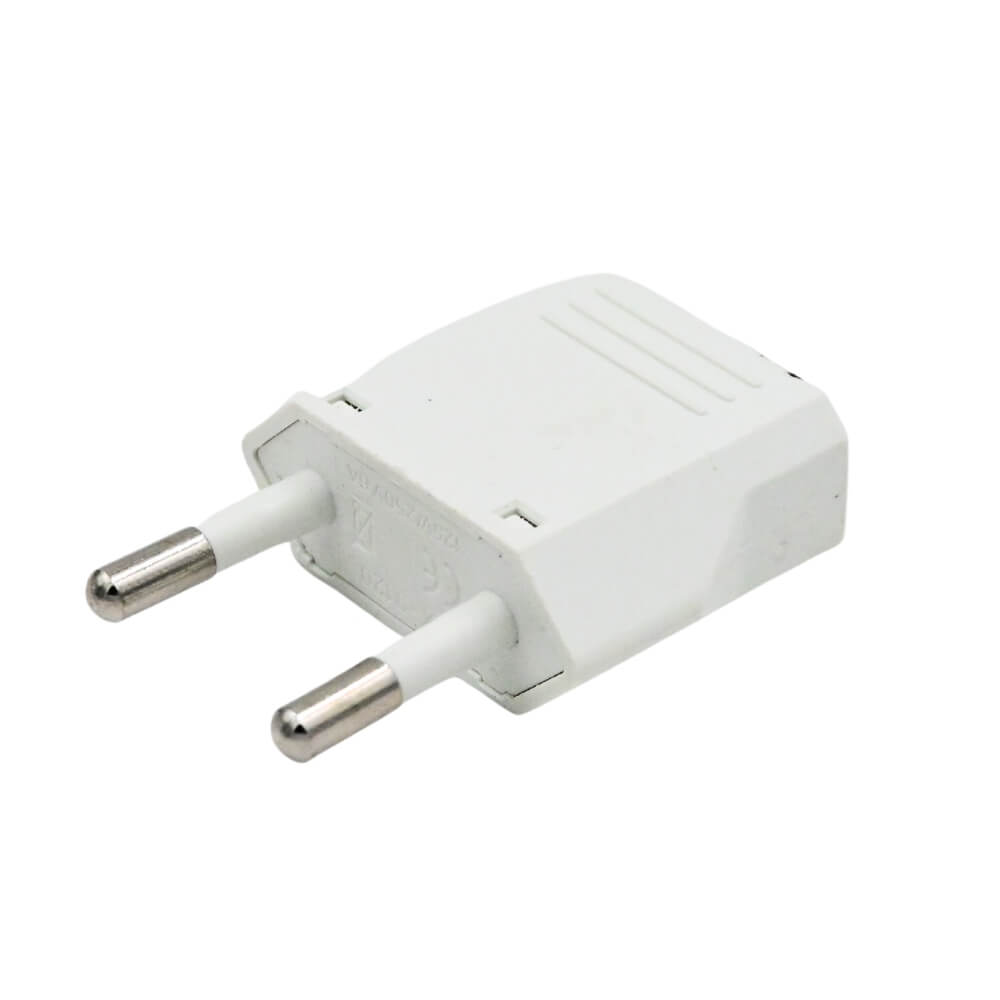
Choosing the Right Adapter Type
Standard Plug Adapters
If your device is compatible with the European voltage, the simplest solution is to use a standard plug adapter. Plug adapters do not convert voltage; they merely change the shape of your device’s plug to fit the EU socket. This is usually the most common and inexpensive option for travelers with devices rated for 100-240V.
When purchasing a plug adapter, look for one that specifically mentions compatibility with EU plug types. Many travel adapters come with multiple plug configurations, making them versatile options for travel to various countries. These adapters can be particularly practical when traveling to multiple European countries, ensuring you are prepared for different plug shapes.
Universal Travel Adapters
For frequent travelers, a universal travel adapter can be a worthwhile investment. These adapters typically feature multiple plug options, making them suitable for various sockets around the world. A well-designed universal adapter will accommodate both EU plug types as well as those from other regions, offering flexibility and variety.
When selecting a universal adapter, ensure it includes built-in surge protection. This feature will help safeguard your devices from sudden voltage spikes, especially in older hotel rooms where electrical systems may be outdated. Additionally, look for adapters with USB ports, which can allow you to charge multiple devices simultaneously without needing several wall outlets.
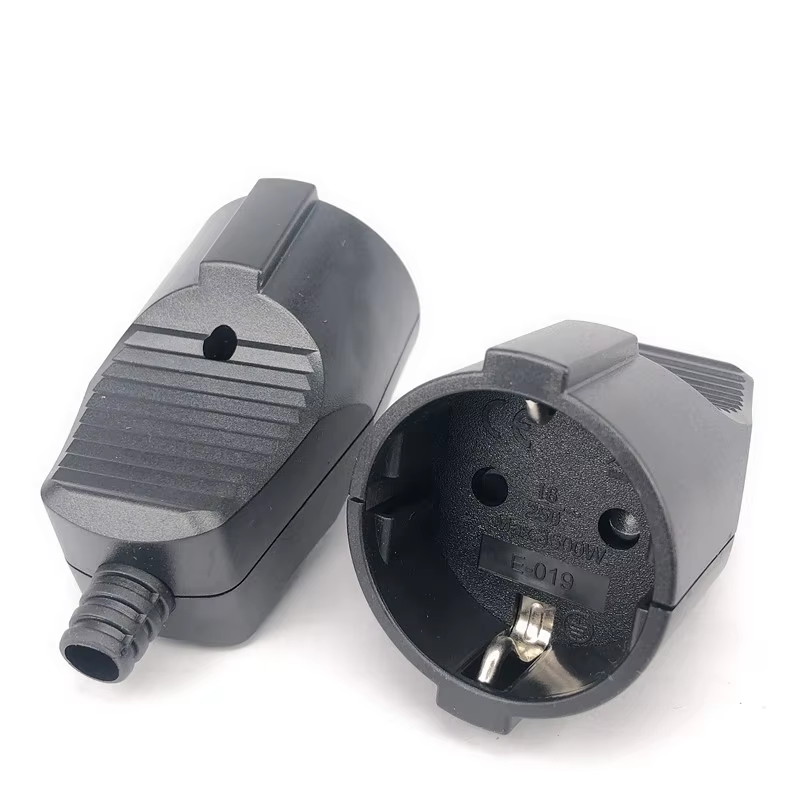
Checking for Additional Features
Surge Protection and Safety Features
When choosing an adapter, safety should be a top priority. Look for adapters that offer surge protection to prevent damage to your device from unexpected spikes in power. An adapter without surge protection can expose your devices to risks during charging, potentially leading to malfunction or safety hazards.
Some adapters also include fuses, which can disconnect the power supply in the event of an overload. This provides peace of mind for travelers who may be concerned about their devices overheating or encountering problems while abroad. Adapters with built-in safety features may be slightly more expensive, but investing in these options can be worthwhile for the added protection they provide.
Durability and Design Considerations
Durability is another essential factor when selecting an adapter. Lightweight, compact designs may be convenient for packing but can lack the sturdiness required for frequent use. Look for adapters constructed from high-quality materials that can withstand the rigors of travel. An adapter that easily fits in your bag while also being of durable construction can serve you well on multiple trips.
Additionally, consider the adapter’s design. Some adapters are designed with swivel plugs or low-profile shapes, allowing them to fit better in tight spaces or crowded outlets. Checking user reviews can provide insight into how well different adapters perform in real-world situations, helping you make an informed choice.
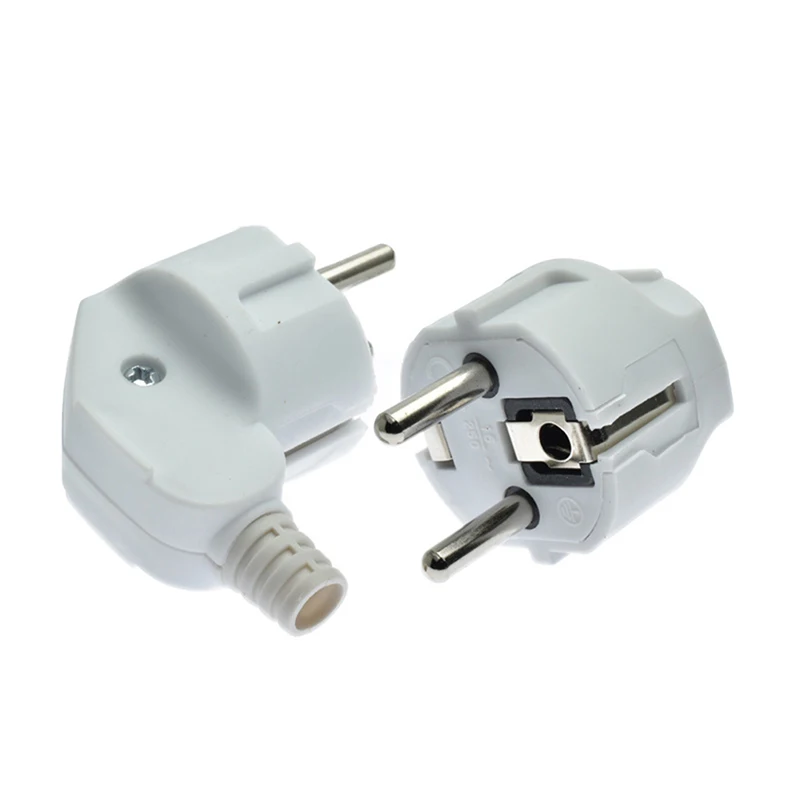
Assessing Compatibility with Your Devices
Understanding Device Power Ratings
Before purchasing an adapter, it is essential to assess your specific devices’ power ratings. Look for labels or specifications on your devices and chargers, noting their power requirements. It is generally found on the power brick, indicating input and output details. For example, your device may require 5V at 2A for optimal charging, while others may need more or less power.
If you are traveling with a mix of devices, ensure that the adapter you select can handle the power requirements of your largest device. Overloading an adapter can lead to overheating and potentially damaging your devices. By being aware of your device’s power ratings, you can select an adapter that meets the needs of all your equipment.
Paying Attention to Charging Specifications
Some adapters may support faster charging for certain devices, which can be an essential consideration for users who rely on quick power-ups. For instance, some smartphones support fast charging standards like Quick Charge or Power Delivery. If you have such devices, look for an adapter designed to support these protocols, ensuring maximum charging efficiency while you travel.
When charging devices that support fast charging, using a compatible adapter will make a noticeable difference in charging time. Investing in the right adapter can enhance the travel experience, minimizing downtime and keeping devices ready for use.
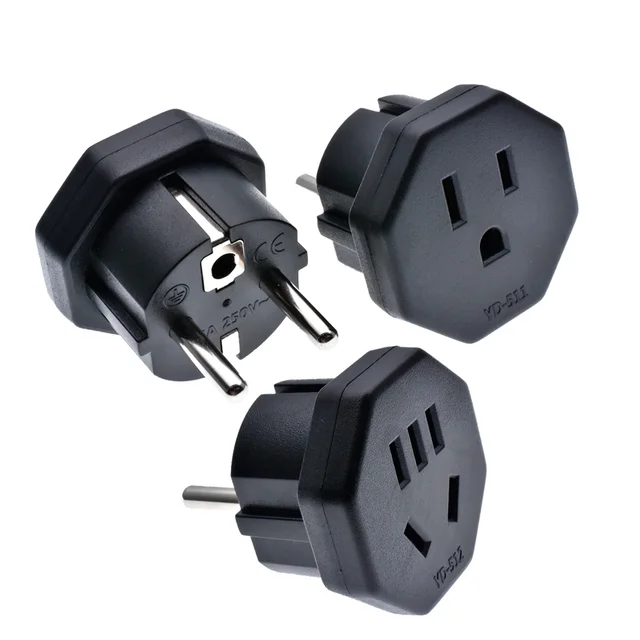
Making Informed Purchases
Researching Brands and Models
To ensure you choose the best adapter, spend some time researching reputable brands and product reviews. Companies that specialize in travel accessories often produce high-quality adapters with additional features. Look for products that have received positive feedback from other travelers.
Avoid opting for unknown brands or extremely cheap options. While it may be tempting to save money, low-quality adapters can result in damage to devices or even pose a safety risk. Invest in reliable brands to ensure your electronics are safe while traveling.
Shopping Locations: In-Store vs. Online
When it comes to purchasing your adapter, there are various avenues available. You can shop for adapters at electronics stores, travel goods retailers, or online marketplaces. Each option has its pros and cons.
Shopping in-store enables you to physically inspect the adapter and ask sales associates for advice. This can provide peace of mind if you have specific questions or concerns. However, online shopping may provide a wider selection, often at better prices. Read reviews and ratings when shopping online to help guide your purchasing decision.
Traveling with Multiple Devices
Managing Multiple Chargers and Cables
Traveling with multiple devices can complicate the charging process. To streamline your experience, consider using a multi-USB charging hub. These hubs allow you to plug one adapter into the wall while charging multiple devices simultaneously. This reduces the number of adapters you need to carry and keeps your charging area organized.
Make sure the multi-USB charging hub is compatible with EU power standards. Purchasing a high-quality hub can help save valuable time, especially when a power outlet may be limited in your hotel or Airbnb.
Portable Power Banks
While investing in adapters is essential, consider carrying a portable power bank as a backup. Power banks provide a convenient source of charge while on the go, especially during long travel days or excursions. Some power banks also support fast charging, ensuring your devices remain powered throughout your trip.
Using power banks reduces the dependency on finding available wall outlets, enabling greater freedom during your travels. Be sure to ensure your power bank meets travel safety regulations to avoid any hassles at airport security.
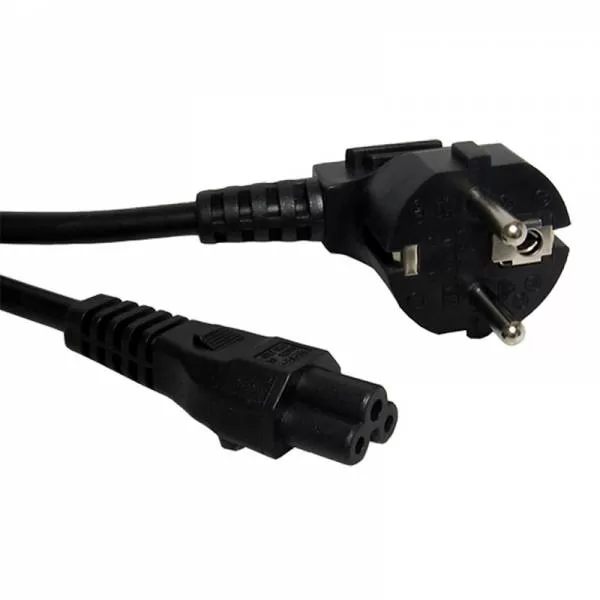
Ensuring Safe and Efficient Power Use
In conclusion, choosing the right adapter for your EU plug devices is crucial for a successful and enjoyable trip to Europe. Understanding plug specifications, voltages, and the specific requirements of your devices is essential to ensure compatibility. Investing in a quality adapter safeguards your electronics and enhances your travel experience, avoiding unnecessary complications.
Take your time researching options and looking for adapters with added features like surge protection and multi-port capabilities. A thoughtful choice will pay off, ensuring that your devices remain functional throughout your travels. Explore confidently, knowing that you can charge your devices without issue during your adventures across Europe.
By properly equipping yourself, you can focus fully on enjoying the sights, sounds, and experiences that Europe has to offer rather than stressing about your electronic devices. Happy travels!
